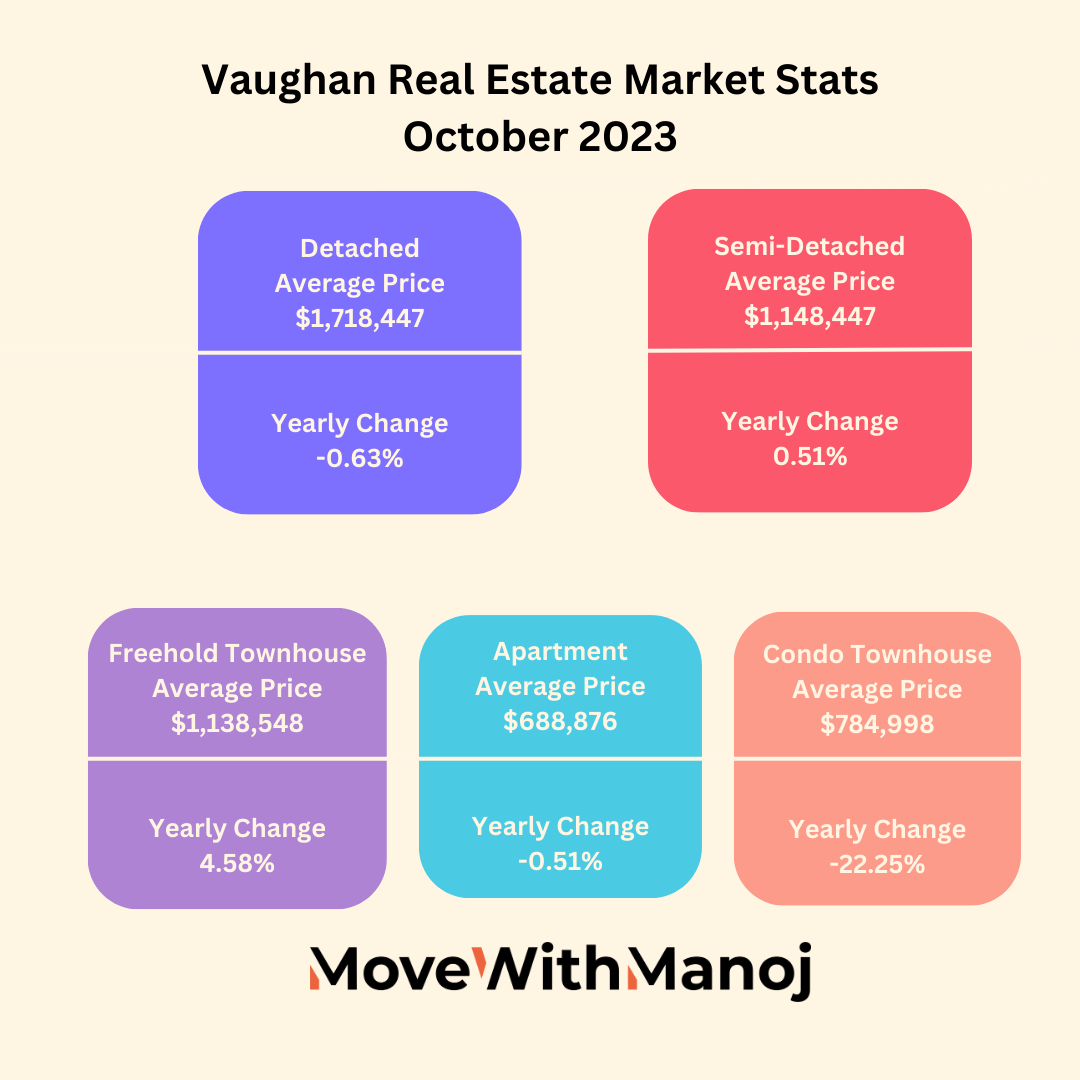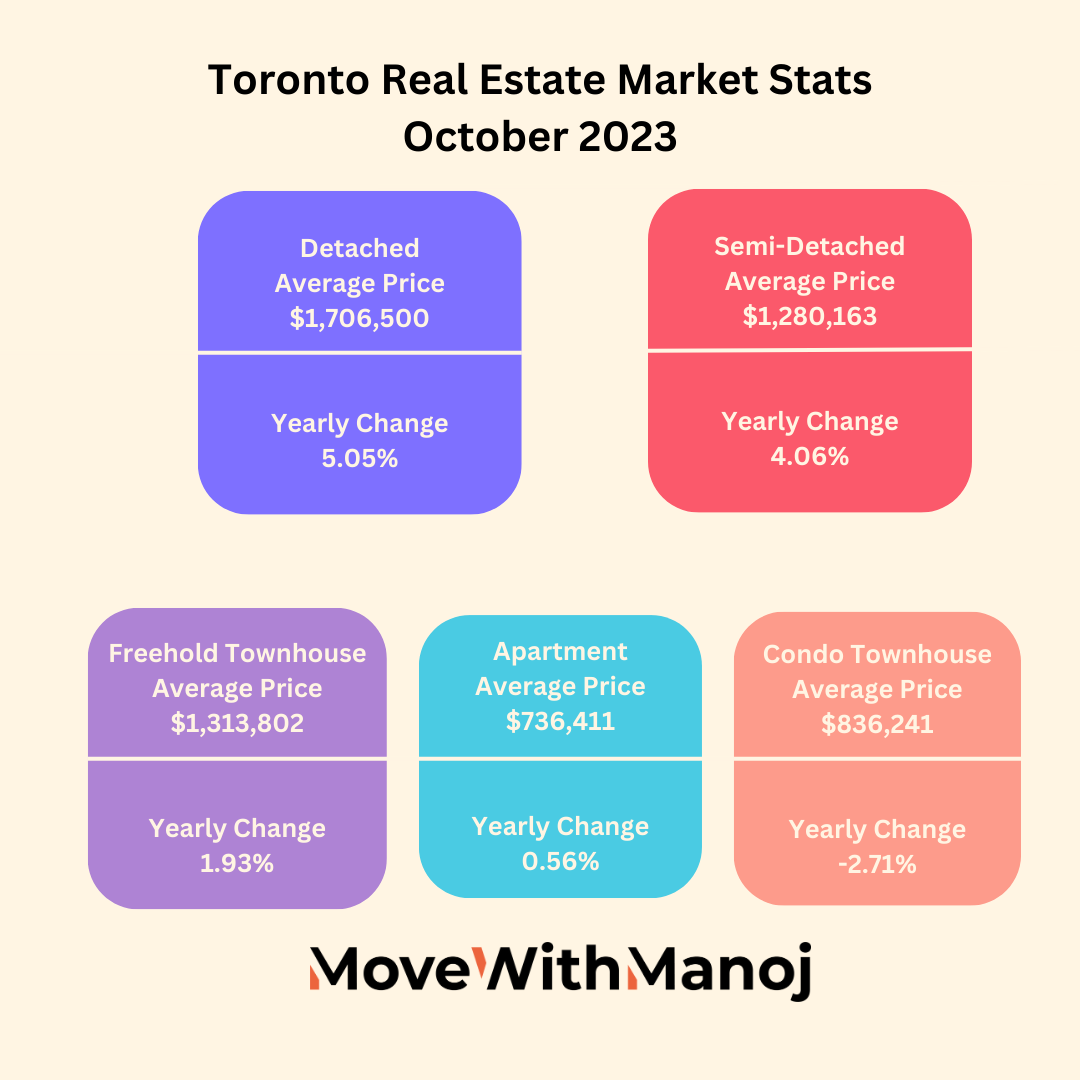FIRST TIME HOME BUYERS- LEARN HOW YOU CAN GET UP TO $14,001 IN GOVERNMENT REBATE

1. First, I will show you how you can deposit part of your down payment into your RRSPs, then take it back out to purchase your first home and get the government to give you $14,001 per person.
2. Next, I will introduce you to the option of taking out an RRSP Loan. For example, if you only have $20,000, as a couple, to buy a house, I will show you how you can turn that $20,000 into $40,000 by getting the bank and the government to fund the rest. (This strategy will only cost you $150-$300, and it is 100% legit)
Before we get into each of these strategies, you need to understand the basics of an RRSP or a Registered Retirement Savings Plan. Its purpose is to save for retirement, but you can also use it to purchase your first home by withdrawing up to $35,000 from it. The main benefit of this plan is that you get a tax rebate for every dollar you put into this plan. So, for example, let us say your income is $60,000, and you put $10,000 into your RRSP. Then, when you file your tax return, the government will give you a tax rebate of $2,965 for 2021, which is roughly a 30% tax rebate. Now, the higher your income, the higher your tax refund and, of course, the lower your income, the lower your tax refund.
Here are some of the main criteria to qualify for this program:
- You must be a Canadian resident;·
- You should be a first-time homebuyer; however, · If you have not owned a home in Canada in the last four calendar years, you may still be eligible.
1) The Best Way to Deposit Money into your RRSP's
To put this into context, I will create a fictitious couple, calling them Mario and Princess.
Mario and Princess are newlyweds with an annual income of $65,000 each, and they have $70,000 to put towards the down payment on their first home. They currently have no RRSPs, and they have never owned a home in their lifetime in Canada. I would suggest that Mario and Princess each deposit $35,000 into their respective RRSPs. Then, when they file their tax return, they will get roughly $8,711 in their tax return, which is collectively about $17,422.
Mario and Princess can withdraw the $70,000 from their RRSP 90 days later without any penalties to purchase their first home. With the $17,422 they received through their tax returns, we have increased their down payment from $70,000 to about $87,422.
Now, remember, the higher your income, the higher your tax refund. Let us say Mario and Princess each earn $120,000 instead of $65,000. If their income is $120,000 and they both deposit $35,000 into their RRSPs, they will get about $14,001 back from the government, which collectively is about $28,002. Now, instead of having $70,000, they have approximately $98,002 to purchase their first home.
2) RRSP Loan Option and how to utilize it to get the Maximum Refund
The main question I will address here is how you can maximize the first-time home buyer's plan. Between you and your spouse, you have $40,000 saved, and you are ready to purchase your first home. I will help you increase this downpayment by discussing the RRSP Loan option.
Here are some of the basics of an RRSP Loan:· It is a loan that the bank gives you to deposit Money to your RRSPs, and they hold this Money as collateral until you pay off the loan.· Usually, they will charge anywhere between Prime to Prime Plus One, about 3-4% in January of 2021.· Most banks will allow you to defer the monthly payments for up to six months, which means you do not have to make any monthly installments on this loan.
In my strategy, you will take out the loan for 90-120 days; you should not need it longer.
Once again, I will use Mario and Princess to explain this a little bit better. In this example, Mario and Princess have $40,000 as a down payment. They want to capitalize on the First Time Home Buyers plan fully. They both checked their notice of assessment and found out they have sufficient room available to maximize their home buyers program. You should always check your notice of assessment before depositing any money into your RRSPs because you need to make sure you have sufficient room available.
Going back to our couple, let us say they split the $40,000 they have, and they deposit $20,000 each from their savings account into their RRSPs. They will need an additional $15,000, so we will ask the bank to provide a loan. Mario and Princess are each earning $65,000. If they deposit $20,000 from their savings account and get a loan for $15,000, this makes a total of $35,000 that they will deposit into their RRSPs. Once they file their tax return, they will get a tax refund of $8,711 each, making a total rebate of $17,422. In addition, they have increased their down payment from $40,000 to $57,422. Nice chunk of Money!
Let us do the same thing assuming that Mario and Princess are making $120,000. If they follow the same path, depositing $20,000 from their savings into their RRSPs, and getting a loan for $15,000, technically, their tax refund will be close to $14,001 each, making it $28,002. Now they have increased their down payment from $40,000 to $68,002
B) RRSP's Payback and how it works
The Money you withdraw from your RRSPs needs to be put back into your RRSPs. Here is how it works. If you withdrew $35,000, the government would give you a two-year grace period, which means you do not need to make any monthly payments or any payments into your RRSPs. It is practically a loan you give to yourself.
Following the grace period, you would need to deposit the amount you withdrew, divided by 15—the number of years you have to pay back the loan. If you withdrew $35,000, you would need to deposit $2,333 per year for the next 15 years into your RRSPs. If you do not, that amount is added as income when you file your taxes, and you have to pay taxes on that. If your income were $40,000, an additional $2,333 would be added, making your annual salary $42,333 for your tax filing, and you pay a little bit of taxes on that.
If you have any questions about anything I have shared here, I am just a phone call away. You can reach me at 647-576-2100 or email Manoj@MoveWithManoj.ca. Thanks for your time today, and I look forward to hearing from you!
I want to let you know that what I discussed here is very specific to First-time homebuyers, and it is a very high-level overview of the different strategies available to you. It is important to remember that you should always talk to an accountant, a financial planner or your bankers before you implement any of these strategies on your own. If you have any questions or concerns, always feel free to give us a call.
Important Links




Comments